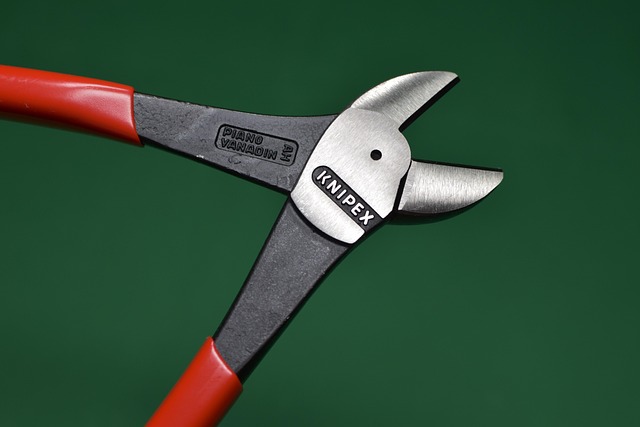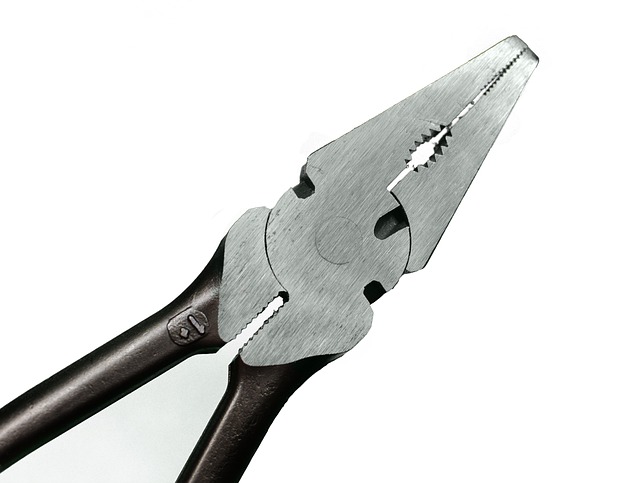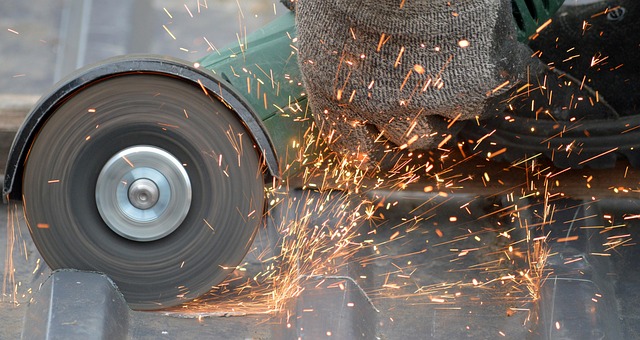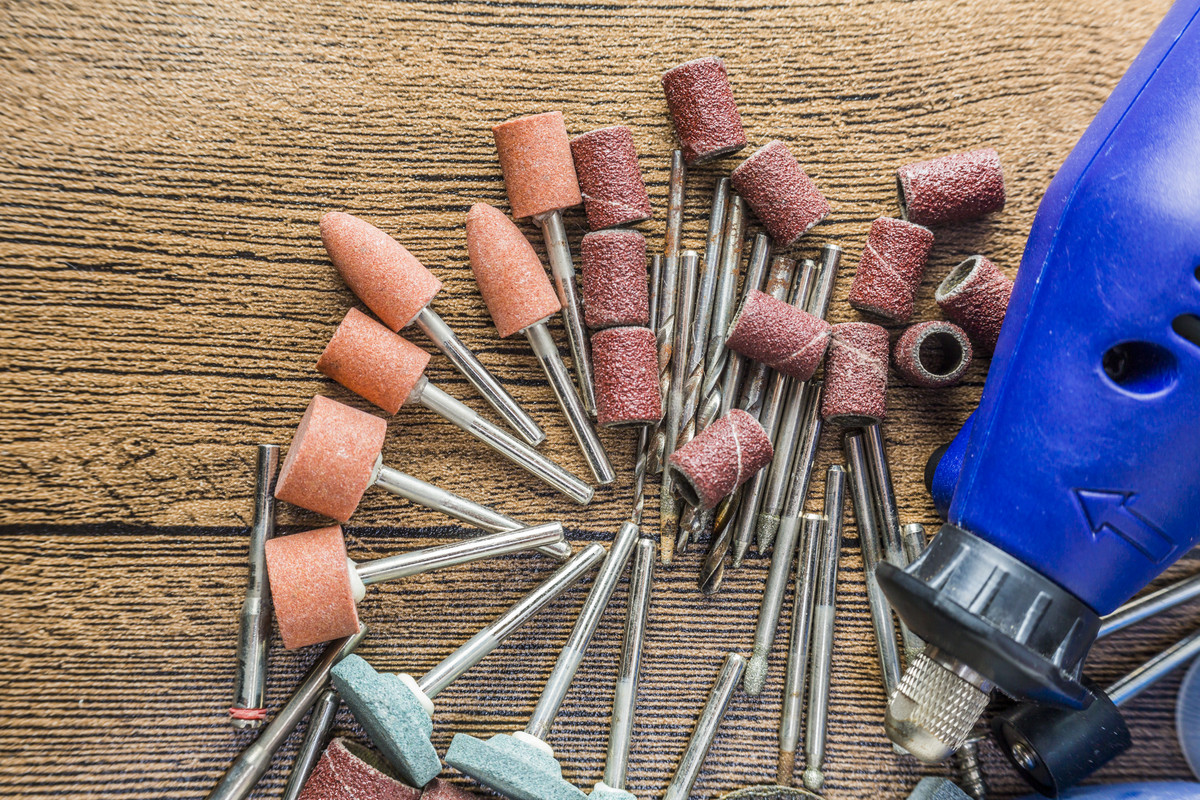How to cut screws: Home DIY hacks
Have you ordered screws that are too long, and you’ve only realised this after installing them?
If your screws are hanging out of your wooden furniture, or they’re in a place that could cause harm or catch on clothes, then we’re here with a simple solution. Cutting screws is a quick and easy way to fix the problem, rather than unscrewing them and starting again.
Plus, with the right methods, cutting your screws to size doesn’t have to be difficult. To help you out, we’ve created a quick and easy guide below on how to cut screws at home. This advice will also come in handy for removing stripped screws.
Essential tools for cutting screws
Before we get started, gather the following:
- Wire cutters: for small to medium-sized screws.
- Hacksaw: for various screw sizes.
- Bolt cutters: for thick or hardened screws.
- Angle grinder: for quick cuts on larger screws.
- Dremel tool: for cutting screws in tight spaces.
PPE: When using sharp tools, make sure to wear some protective gloves to prevent injury and some safety glasses to avoid debris getting into your eyes.
Step-by-step guides: How to cut screws safely
When it comes to cutting a screw, there isn’t a one-size-fits-all method. It entirely depends on how long the screw is, what type of screw it is, and where it’s installed.
That’s why we’ve included the most popular methods below, so you can skip to the one you need and be done with it.
1. Using wire cutters
Best for: small screws and soft metals like brass or aluminium.

- Secure the screw: using a pair of locking pliers or a vice, grip the screw tightly to prevent it from moving while you’re cutting.
- Add a nut: Thread a nut onto the screw above where you’ll be cutting to help tidy up the threads once you’ve cut.
- Position the cutters: determine where you need to cut the screw, then place the cutting edge of the wire cutters on this spot.
- Apply pressure: squeeze the handles firmly, pressing down on the screw until it snaps off and unscrew the bolt. You’ll need to push down more for thicker screws.
2. Using a hacksaw
Best for: Medium to large screws or tougher screws that are harder to cut.

- Clamp the screw: To prevent slippage, secure the screw between wooden blocks or in a bench vice.
- Mark your cut: Mark the area you wish to trim with a scribe or permanent marker.
- Carefully cut: To create a groove in the screw, begin cutting it gently at first, then proceed to use steady, controlled motions. There's no need to push the saw; let it do the job.
- File down the edge: To get rid of burrs, use a metal file to smooth out the rough end (it’ll leave you with a neat and tidy finish!)
3. Using bolt cutters
Best for: people dealing with large screws and bolts or heavy-duty fixings made from hardened steel.

However, make sure to check the specifications of your bolt cutter before using them to cut hardened or stainless steel screws—they’re not all designed for this.
- Mark the cut: use a permanent marker to draw a line for the cut.
- Open the cutters: make sure the bolt cutters are fully open to allow you to get a firm hold on the screw.
- Clamp the screw: use a clamp or a vice to keep the screw in place to avoid crooked cuts and jagged edges.
- Align the jaws: insert the screw between the blades where you wish to cut.
- Cut the screw: once you’ve aligned the bolt cutters, press down firmly on the handles and cut in one strong motion. You’ll hear a snap to confirm it was a successful cut.
- File the edges: after you’ve cut the screw, take a metal file and file the edges to create a smooth, neat edge.
4. Using an angle grinder
Best for: an angle grinder is best used for when you need to cut through tough screws quickly or if the screw is already screwed into a surface and can’t be removed.

- Clamp the workpiece (if possible): Secure the screw, if it hasn’t already been installed, with a clamp or vice to keep it in place.
- Mark out the cut line: mark the area where you need to grind with chalk or a scribe for a quick and precise cut.
- Take care when cutting: turn on the grinder and carefully move the cutting disc onto the screw. Allow the disc to cut; excessive pressure can harm the disc and screw.
- Deburr the end: After cutting the screw, clean up the edges with a metal file or the edge of the grinder.
5. Using a Dremel tool
Best for: A Dremel rotary tool fitted with a metal cutting disc is perfect for cutting screws in tight spaces or when a precise cut is needed.

- Fit the correct attachment: for a safe and easy task, use a strengthened metal cutting disc on the Dremel.
- Secure the screw: clamp the screw in place or use pliers to hold it securely while cutting (heat-resistant gloves are advised).
- Cut slowly: guide the disc along the cut line by lightly touching it to the surface. Keep the tool stable as you cut to create a smooth edge.
- Cool down: let the screw cool down before handling it since metal can become really hot and burn the skin.
- Fix jagged ends: switch to a grinding or sanding bit on your Dremel to smooth out the cut edge.
Find the size you need at Efixings
With Efixings, you can find the right screw for the job— you no longer have to settle for inadequate fixings.
Find the right length from the get-go with our extensive range of screws for every project. Whether you’re in the market for wood screws, decking screws, or fixings for every material, then you can find it all right here for great prices.